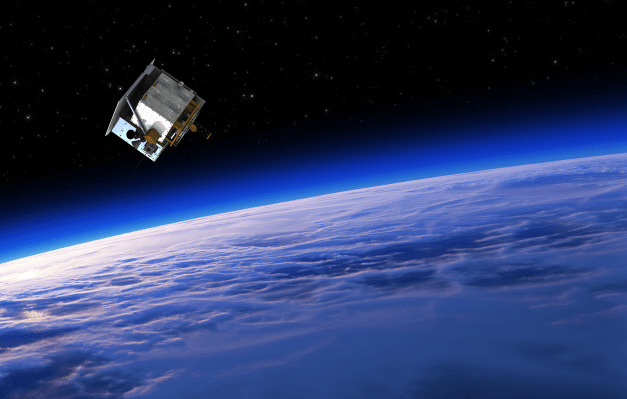
Details is getting to be as treasured as h2o in precision agriculture, and Hydrosat aims to support offer both equally with a new established of Earth observation satellites. The company has raised a $20M A round, like $5 million in non-dilutive funding, which need to put the very first two thermal infrared satellites into orbit.
The company’s mission is to deliver shoppers from agribusinesses to the govt real-time thermal infrared info, which can be employed for answers from drought prediction to ecosystem monitoring to illness vector mapping.
“The skill to monitor drinking water anxiety and local weather impacts in genuine time is a critical pain position for Hydrosat’s agribusiness, economic, and authorities shoppers,” Hydrosat CEO Pieter Fossel tells TechCrunch. “This have to have is only remaining felt more acutely with the expanding rate of extreme weather conditions situations brought on by weather transform and escalating instability in world foodstuff supply chains from geopolitics and the war in Ukraine.”
At this time, Hydrosat develops crop produce forecasts and irrigation administration options based on open Earth observation details sets. But these datasets are rather sometimes updated and typically somewhat minimal resolution. So Hydrosat’s future stage is building its have 16-satellite constellation that will deliver regular superior-resolution thermal photographs from space to strengthen the answers for consumers.
Led by Statkraft Ventures, with additional members which includes Blue Bear Money and Hartree Partners, this funding will “accelerate the industrial go-to-market of Hydrosat’s two core analytics methods,” says Fossel, nodding to the crop produce forecasts and irrigation administration tools.
But it will also go toward the launches of VanZyl-1 and VanZyl-2, the company’s initially totally operational commercial satellite missions. Both of those missions are owing to start subsequent year, with VanZyl-1 securing a flight with Loft Orbital. The funding builds the company’s $15 million seed from 2021.
“Hydrosat flew a prototype thermal infrared mission in January 2021 on a stratospheric balloon at 20-kilometer altitude with support from the U.S. Air Power Room Check Software. That prototype mission flew and imaged properly at altitude,” says Fossel. “The stratospheric mission served as a major risk reduction milestone for Hydrosat’s very first two on-orbit missions and paved the way for subsequent funding and growth.”
At the time operational in orbit, the satellites will provide “analytics-completely ready, science-top quality information of the whole Earth,” according to Fossel. And that facts will supply even richer insights for Hydrosat’s escalating consumer base.

